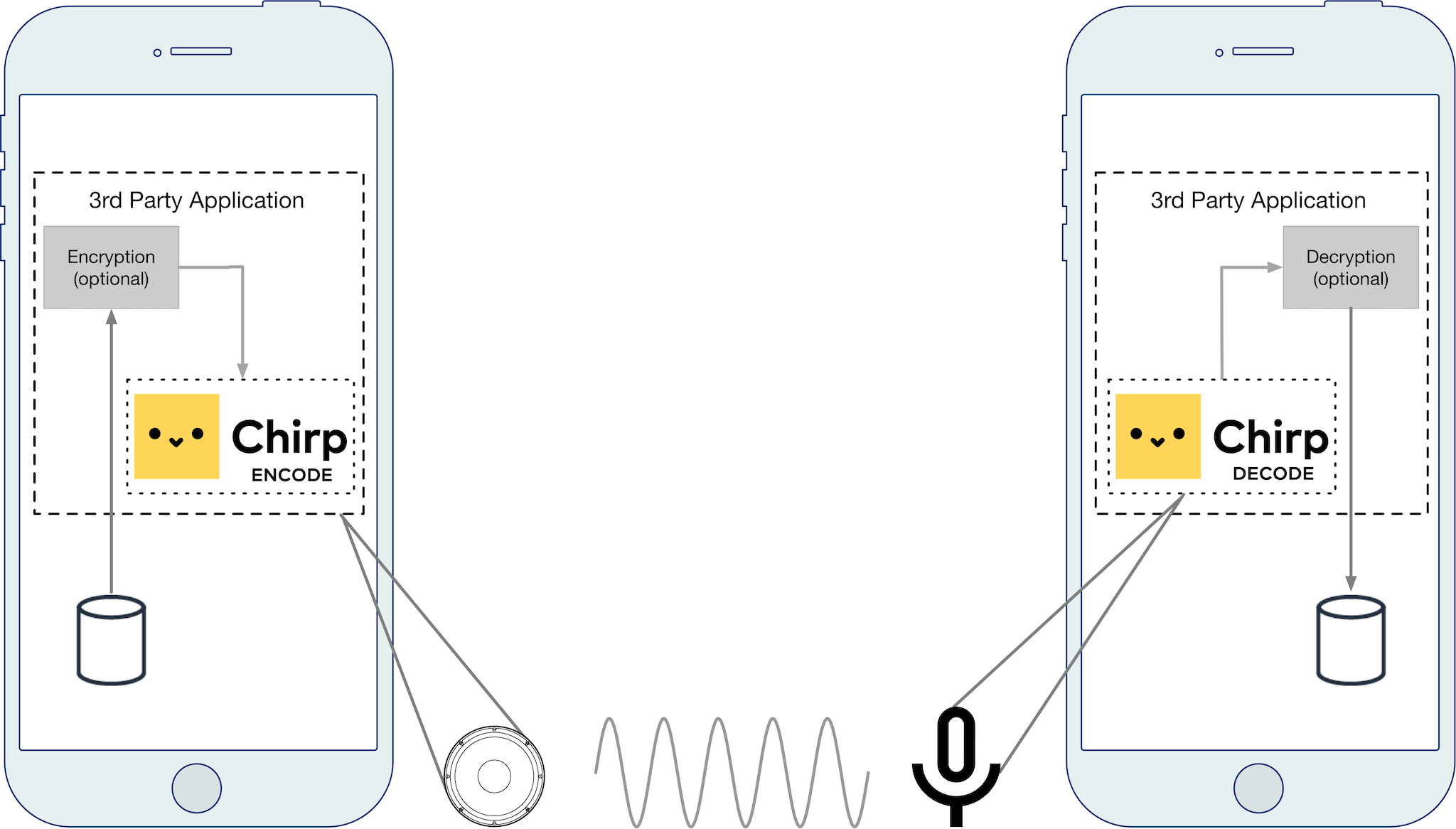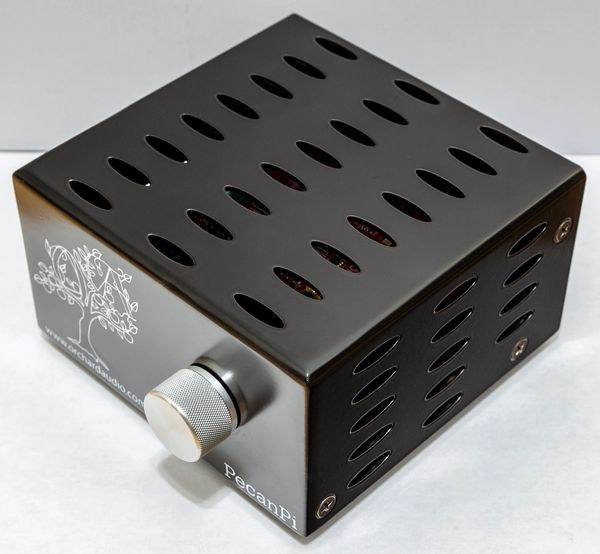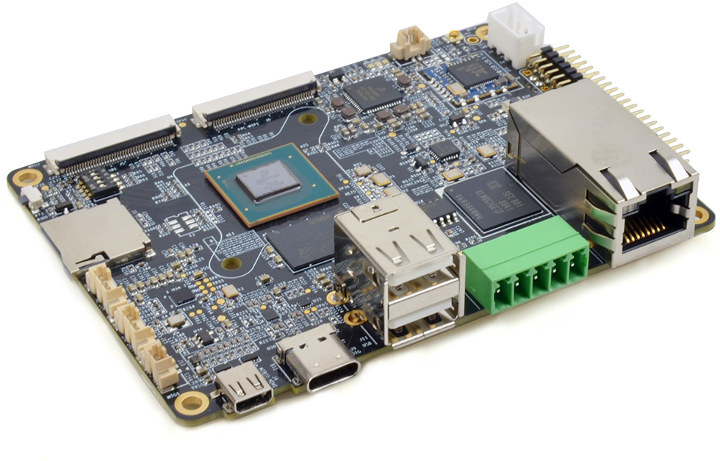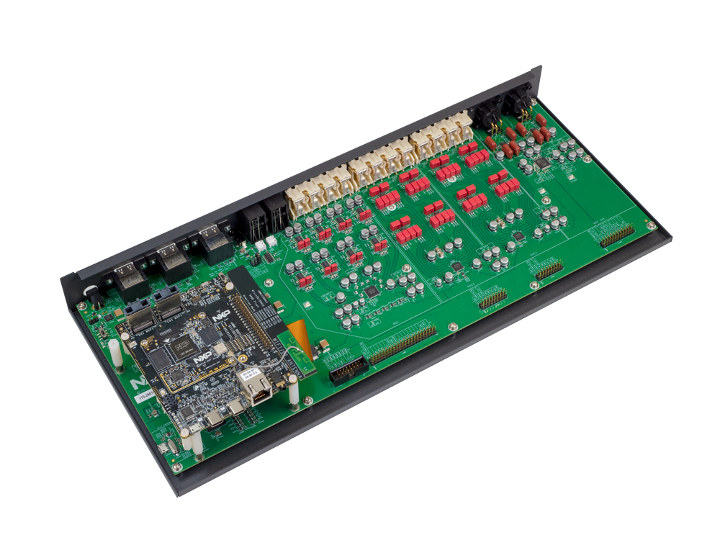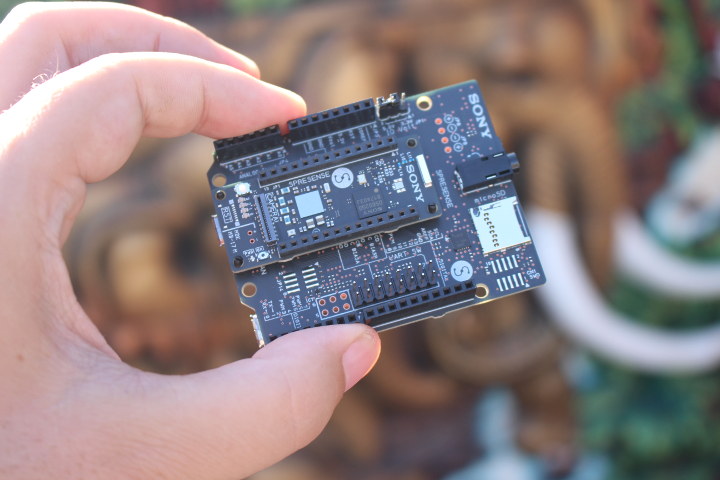Announced on August 12, 2019, Arduino has partnered with the London-based Chirp, a wireless data-over-sound software solution for machine-to-machine connectivity. The system has the ability to work online or offline, as long as there is a loudspeaker and a microphone available. The software works with the Arduino Nano 33 BLE Sense board in send and receive mode, while most Arduino MKR boards and Arduino Nano 33 IoT will also be supported by the SDK, but only to send data. The software and board are fully compatible with SDKs from a wide variety of platforms. The Nano 33 BLE Sense is available for purchase from the Arduino website, for $29.50. The sensor-rich Arduino Nano 33 BLE Sense is application-ready right out of the box, and Chirp is ready to start sending encoded data from a device fitted with an audio speaker, to the board’s built-in microphone, where it is encoded and […]
Android Patch Brings Bluetooth SBC Codec Audio Quality on-par with aptX
In the context of CNX Software’s topics, SBC usually stands for “Single Board Computer”, but SBC also stands for “SubBand Codec“, a standard and mandatory Bluetooth codec which is supported by all headphones, portable speakers, car head units, and basically everything that plays audio over Bluetooth. SBC is known as a basic and low-quality Bluetooth codec, so people will often recommend using other codecs such as aptX, AAC or LDAC wherever possible, but ValdikSS has submitted a patch for Android which improves Bluetooth SBC codec audio quality on most existing devices, allegedly making it as good as the high quality aptX HD codec. ValdikSS explains this basically works by increasing the bitrate: My patchset bypass Android Bluetooth stack limitations and increase bitrate from stock 328 kbps to 452 or 551 kbps, depending on device speed capabilities. It’s already merged into LineageOS 15.1 and 16.0, Resurrection Remix and crDroid alternative Android […]
PecanPi Audio Streamer with Volumio, Squeeze or Rune Audio Goes for $399
We’ve recently covered the upcoming Volumio Motivo audio streamer, but there’s another product for audiophiles running Volumio audio software. Orchard Audio PecanPi Streamer is based on Raspberry Pi 3 boards combined with the company PecanPi DAC HAT bringing high-quality audio to the Raspberry Pi. PecanPi Streamer specifications: SBC – Raspberry Pi 3 Model B with WiFi, Ethernet, 4x USB ports. PecanPi DAC HAT Texas Instruments PCM1794A high performance stereo 24-bit DAC, 192KHz sampling HW volume control and re-clocking via TI SRC4193 sample rate converter XLR Output: Signal to Noise Ratio (SNR): 130dB (A-weighted) Dynamic Range (DNR): 125dB Total Harmonic Distortion + Noise (THD+N): -110dB or 0.0003% Output Voltage: 5Vrms RCA Output: Signal to Noise Ratio (SNR): 124dB (A-weighted) Dynamic Range (DNR): 121dB Total Harmonic Distortion + Noise (THD+N): -110dB or 0.0003% Output Voltage: 2.5Vrms Headphone Amplifier (Dual parallel OPA1622): 390mW peak power into 32 ohms 780mW peak power into 16 […]
Volumio Motivo is a Gorgeous Audio Streamer Powered by SOPINE A64 SoM
Volumio is a well-known Linux based open source music player for Raspberry Pi, UDOO, Cubox-I, Beaglebone Black, and other single board computers. Some companies even made audiophile boards with support for Volumio including Khadas Tone high-resolution audio board for VIM/VIM2 SBC’s, and the tiny VoltaStream ZERO following Raspberry Pi Zero form factor. But Volumio team has decided to make their own hardware with Motivo, an awesomely looking audio streamer designed in collaboration with Yottamusic engineering firm, and Design Narratives industrial design company. Motivo was introduced at High-End Munich, the world’s biggest Hi-Fi trade fair, and Pine64 posted some photos in a tweet claiming it was powered by their SOPINE A64 system-on-module. The full details about the device have not been published at the time of writing, but we can still derive some of Volumio Motivo specifications and key features from the photos and a few bits of public information: System-on-Module […]
Pico-ITX i.MX8M Board Enables Offline Voice Control with Snips
A few days ago, we covered Estone Technology’s MJ-100 RK3399 rugged tablet. I’ve just realized Estone Technology used to promote their embedded product under the Habey USA brand, which we covered a few times here, and the company has also announced another new product ahead of Embedded World 2019 with their EMB-2238 Pico-ITX i.MX8M board specifically designed for voice control applications. The company setup two voice control demos with the board: one with Amazon Alexa Voice Service (AVS) and another with Snips that works locally without any Internet connection. We actually came across Snips previously for an article comparing microphone arrays, but I never looked into Snips into details or saw an actual demo. Let’s have a quick look at EMB-2238 board specifications first: SoC – NXP i.MX 8MQuad with 4x Arm Cortex-A53 cores @ 1.5GHz, 1x Arm Cortex-M4 realtime-core @ 266MHz, Vivante GC7000L/GC7000LVX with support for OpenGL/ES 3.1, OpenGL […]
96Boards HiChips Parrot Board and 3-Mic Array Work with Amazon Alexa
Early last year, Banana Pi unveiled Allwinner SoC-Only 3-Mic Far-Field Development Kit for Amazon AVS, a board powered by Allwinner R18 processor extended with an external 3-mic array board, officially supported by Amazon Alexa Voice Service (AVS), and sold for $129 plus shipping. There’s now a compatible board following 96Boards CE Extended form factor, and selling for just $79.99 plus shipping on Alibaba or 555.99 CNY on 1688.com. The board looks almost the same as the original 3-Mic far-field development kit, apart from the LS and HS connectors found in the 96Boards hardware platforms. Hichips Parrot board should not be confused with Allwinner R16 based Parrot board that was used by Allwinner internally, and never made available to the general public. Hichips Parrot board specifications: SoC – Allwinner R18 quad-core Cortex-A53 processor @ 1.15GHz with Mali400MP2 GPU System Memory – 1GB DDR3 Storage – 8GB eMMC flash, micro SD card […]
NXP Immersiv3D Enables DSP-Free Dolby Atmos & DTS:X Audio Systems
High-fidelity audio systems such as soundbars, smart speakers, and AV receivers have traditionally relied on DSPs (Digital Signal Processors) to deliver low-latency audio processing, and enable audio and video synchronization. DSPs add to the cost of the overall design however, and with Immersiv3D technology, NXP has leveraged Arm Cortex-A53 and M4 cores in their NXP i.MX 8M Mini processor to completely remove the need for DSP in audio systems, shaving the BoM cost by up to 20% according to an article on EETimes. Immersiv3D also enables immersive audio support with Dolby Atmos and DTS:X, advanced audio pre/post processing, advanced features like voice control for the smart home. Immersiv3D audio solution was designed to help OEMs to bring to market affordable consumer audio devices with Dolby Atmos and DTS:X, and beside the audio processing software, NXP is also offering an Immersiv3D audio reference design to help them delelop sound bars based […]
Sony Spresense Board Review with NuttX based Spresense SDK
Sony Spresense Arduino compatible board with audio and global navigation satellite systems (GNSS) support and its extension board launched in Japan this summer. The company has now expanded markets, and is offering the boards in the United States and Europe as well. They also tasked an agency to send samples to various reviewers, and I got selected to receive one as well. I’ll start the review by checking out the hardware, shortly discuss software development options, and report my experience with Spresense SDK. Sony Spresense Unboxing I received two packages… … one the main board, and the other for the extension board. The main board package only comes with CXD5602PWBMAIN1 board and an information sheet. The top of the board includes a reset button, four user LEDs, a power LED, a boot recovery button, the camera interface, Sony CXD5247 power management and audio analog interface chip (Black on the photo below, […]


